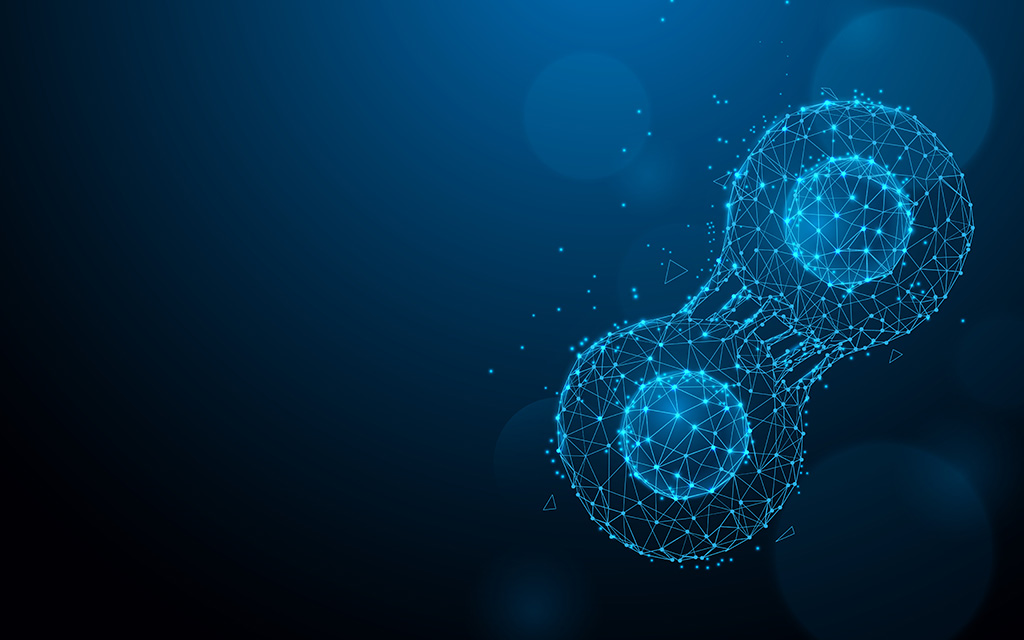The aim of any treatment, whatever be the condition or injury, is cure and recovery. Orthobiologics are substances that aid in this by promoting quicker healing. These orthobiologics are in most cases not artificially made, but are substances found in the body itself. When administered in quantities greater than normal, they make a quick recovery possible.
Orthobiologics can be used for the treatment of a variety of orthopaedic conditions, including fractures and muscle, tendon and ligament injuries. They are especially useful for professional sports persons as they make a quick return to the playing field possible.
The Mechanism of Healing
When a person sustains an injury, there is bleeding in the injured area. This is essential for healing to commence as it makes possible the supply of oxygen and other essential nutrients to the injury site to help healing. In addition, other components play a role in the healing process:
- Matrix: In simple terms, this is a kind of connective tissue in which cells multiply to make bones, tendons, etc. Thus, it can be used as a base to grow cells in an injured area.
- Growth Factors: These are proteins that are vital for successful healing. While their role may vary, their presence is essential for healing.
- Stem Cells: An important component of the repair process, stem cells are cells that have the ability to transform into different cells as needed by the body. These stem cells will use the matrix as a base to change into the necessary repair cells.
Read Also: Commonly Encountered Orthopaedic Conditions in Children
After the Injury
- If the injury is a small one, it will heal on its own with the aid of stem cells.
- However, if the injury is severe with significant loss of bone, there will be a vacant space between the two broken ends of the bone.
- In such a case, an external substance that will act as a base for stem cells will have to be introduced into the injury site.
- Thus accommodated, the stem cells can then go about their process of repair.
- This external substance is called a graft which essentially acts as a matrix to accommodate the stem cells.
Bone grafts, stem cells, growth factors, platelet-rich plasma (PRP), autologous blood, autologous conditioned serum, etc. are all different kinds of orthobiologics. Of these, the three most commonly used orthobiologics are:
Bone Grafts
- The earliest form of orthobiologics that is still in use, bone grafts can be classified into two types:
- Autograft: The graft is taken from the patient’s own body – usually bone from the hip or femur is taken – and used as a graft at the injury site. This form of orthobiologics has good results.
- Allograft: Instead of taking the graft from the patient’s body, it is taken from a cadaver. As an allograft, unlike an autograft, has no living cells, it might be lacking in growth factors. As a result, growth factors will also have to be introduced for an allograft.
Growth Factors:
- By bringing about an increase in growth factors to more than what is usually present, healing can be accelerated.
- Thanks to the rapid strides made in genetic engineering, cells can be altered to produce more growth factors.
- These growth factors, by a process called chemoattraction, summon stem cells to the injured area to heal it. However, for chemoattraction to be successful, sufficient blood supply is essential.
- While many proteins are produced by genetic modification, bone morphogenetic proteins (BMP) are what is used the most to promote healing.
- The reason for their widespread usage is that they have proven their effectiveness in complex, slow-healing fractures too.
Stem Cells:
- The role of stem cells in orthobiologics cannot be over-emphasized.
- Their ability to transform into the kind of cells needed for healing to take place prompted a lot of research into stem cells – the research centered not only on increasing the number of these cells but also on expediting their arrival to the injury site.
- Stem Cell Harvesting: Harvesting refers to the process of acquiring stem cells.
- Stem cells are present in the bone marrow of the hip, thigh bone, bones of the arms, etc.
- Among these, the hip is found to contain the maximum concentration of stem cells. So, the stem cells are frequently taken from the hip bone.
- Using a needle, these stem cells will be drawn from the hip and then administered at the site of injury thus ensuring faster arrival of the stem cells.
- The stem cells can be taken from the patient or can be acquired from stem cell donors. In such a case, donor stem cells will be treated so that they do not set off any kind of reaction in the recipient.
Looking into the Future
With extensive research being done, new innovations in orthobiologics continue to appear. Current research is focused on substances that will not only help reconnect broken bones but will also promote healing of the bones. This is still in the nascent stage and its actual usage has not commenced.
However, scientists and researchers look forward to the future with optimism and hope that very soon with the help of orthobiologics, patients can regain the full functionality they enjoyed before the injury.

